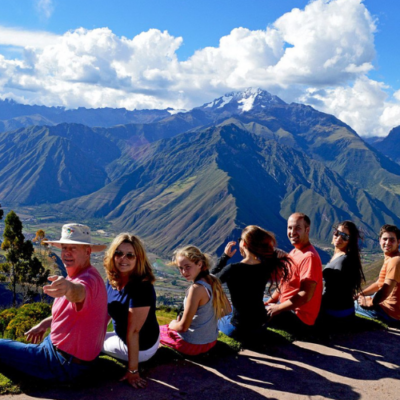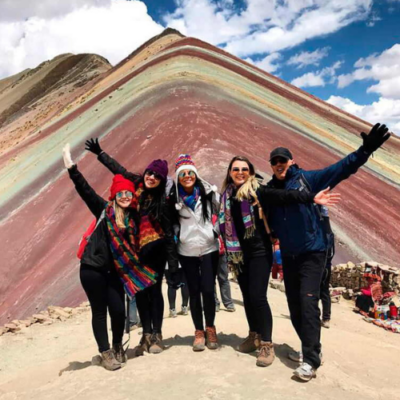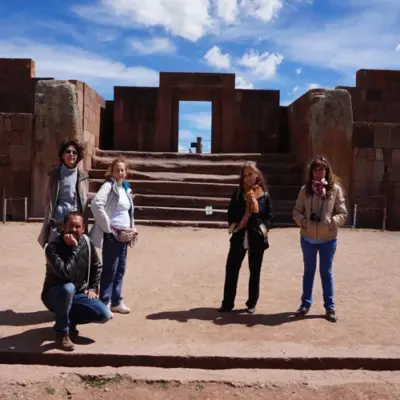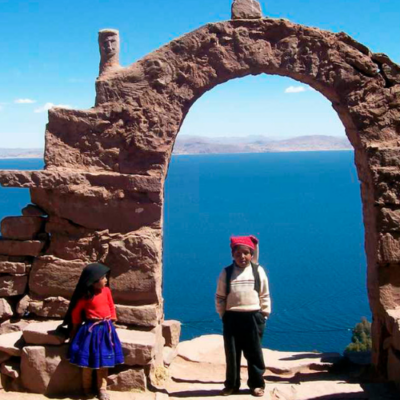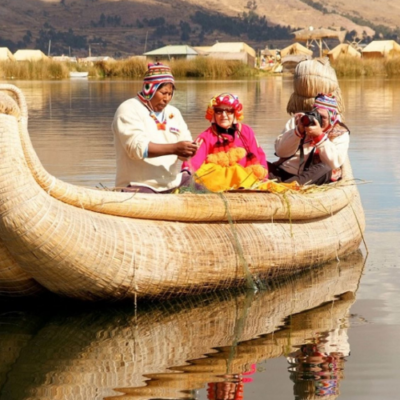choose the trekking poles for the Inca trail is involves considering several factors to ensure they meet your specific needs and preferences.
Here’s a step-by-step guide to help you make an informed decision:
1. Purpose of Use:
- Identify the primary use of the trekking poles. Are you hiking, backpacking, trekking on rough terrain, or perhaps using them for stability during trail running? Different activities may require different features.
2. Material:
- Aluminum:
- Pros: Affordable, durable, suitable for various terrains.
- Cons: Heavier than carbon fiber.
- Carbon Fiber:
- Pros: Lightweight, absorbs shocks well.
- Cons: More expensive, less durable than aluminum.
3. Adjustability:
- Adjustable poles offer versatility. Consider:
- Telescoping Poles: Adjustable length for varied terrain.
- Fixed-Length Poles: Lighter but less adaptable.
4. Locking Mechanism:
- Choose between twist locks and lever locks.
- Twist Locks: Easy to use but might slip.
- Lever Locks: More secure but can be heavier.
5. Weight:
- Consider the weight of the poles. Lighter poles are generally more comfortable for long hikes.
6. Grip Material:
- Choose between rubber, foam, or cork grips.
- Rubber: Good for cold weather.
- Foam: Absorbs sweat, comfortable.
- Cork: Molds to your hand, breathable.
7. Handle Shape:
- Try different handle shapes (straight, ergonomic, T-shaped) to find what’s most comfortable for you.
8. Straps:
- Ensure the straps are adjustable and comfortable. They help transfer load from your hands to your wrists.
9. Tip Material:
- Tungsten carbide tips are durable and provide good traction. Check if the poles come with interchangeable tips for different terrains.
10. Shock Absorption:
- Some poles have built-in shock absorbers, useful for reducing impact on joints. Consider this feature if you have joint issues or plan to trek on hard surfaces.
11. Basket Size:
- Larger baskets for snow and softer terrain, smaller ones for rocky terrain. Baskets prevent poles from sinking into soft ground.
12. Foldability:
- Consider collapsible or folding designs if you need to carry the poles in a backpack.
13. Brand and Reviews:
- Choose reputable brands with positive reviews. Feedback from other hikers can provide insights into durability and performance.
14. Cost:
- Establish a budget, but remember that quality trekking poles can significantly enhance your hiking experience.
15. Test Before Buying:
- Whenever possible, physically test different poles. Adjust the length, try the grips, and simulate the motions you’ll use during your hikes.

Choose the trekking poles for the inca trail considering these factors, you can select trekking poles that align with your specific needs, ensuring a more comfortable and enjoyable outdoor experience.
CONTACT US:
We are a Travel Agency specialized in tourist packages, if you need any information, do not hesitate to write to us.
We offer tours in Peru and Bolivia.
Tours in Peru: Tours in Bolivia:

